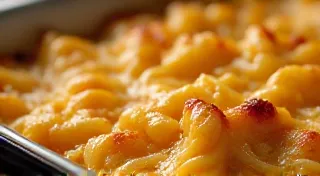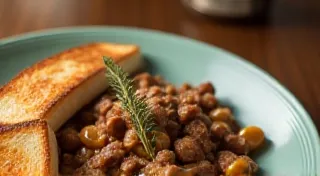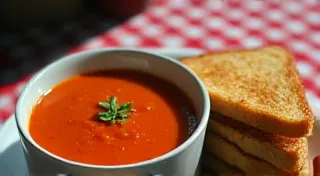The Alchemy of Leftovers: Transmuting Loss into Sustenance
The Great Depression. The very name conjures images of breadlines, dust bowls, and a pervasive sense of loss. But amidst the hardship, an extraordinary resilience bloomed, not just in the spirit of the people, but also in their kitchens. It wasn's merely about survival; it was about artistry, about transforming what seemed like absence into abundance. Depression-era cooking wasn't a culinary trend; it was a practical philosophy, a profound respect for every single scrap of food – a form of alchemy, truly.
I recently came across my grandmother’s old recipe box. It wasn't a fancy, ornate thing; it was a simple tin, slightly dented, its original paint long faded. Inside, nestled amongst handwritten cards, were recipes unlike anything you’d find in a modern cookbook. They weren’t about exotic ingredients or complex techniques. They were about bones, rinds, trimmings – the discarded remnants of meals past. They were instructions on how to turn perceived waste into nourishment, a testament to a generation’s unwavering ingenuity.
The context is crucial. During the 1930s, the concept of “waste” was anathema. Families were often struggling to put even one meal on the table. Throwing away food, even seemingly insignificant bits, was a moral failing. This wasn't about frugality as a lifestyle choice; it was a fundamental necessity. Every bone simmered for broth, every vegetable peel saved for stock, every crust of bread repurposed. It was a reverence for resources born out of absolute necessity.
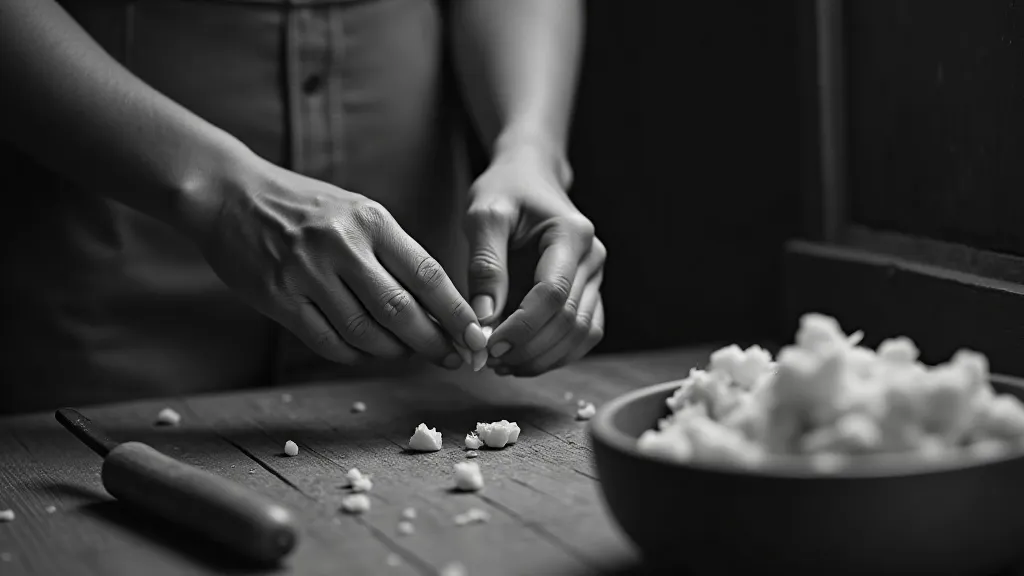
The Art of Broth: From Bones to Gold
Consider bone broth. Today, it’s a trendy health tonic, often marketed with promises of glowing skin and improved digestion. Back then, it was simply dinner. Chicken, beef, or pork bones, leftover from Sunday roasts or purchased for a pittance, were simmered for hours, sometimes days, transforming into a nourishing elixir. The result wasn’t just broth; it was a foundation for countless dishes: soups, stews, gravies. It was flavor, sustenance, and a symbol of making the most of what was available. Imagine the effort, the dedication, to extract every last drop of goodness from seemingly barren remnants.
My grandmother often told me stories of her mother’s bone broth, how it was the backbone of their family’s meals. She’s described how it was used to make "poor man’s soup," a deceptively simple concoction of broth, potatoes, carrots, and whatever else could be scavenged from the garden or pantry. The richness of the flavor, she insisted, came not just from the ingredients themselves, but from the care and attention invested in its creation – a slow, deliberate process born of necessity and respect.
Rediscovering Forgotten Flavors: Vegetable Trimmings and Stale Bread
Beyond bone broth, the creativity extended to every corner of the kitchen. Vegetable trimmings – carrot tops, onion skins, celery ends – were transformed into flavorful vegetable stock, adding depth and complexity to otherwise bland dishes. Stale bread, a particularly devastating sign of waste, was resurrected as bread pudding, croutons, or “egg pockets” – slices of bread dipped in egg and fried. Nothing was left untouched. Even wilted greens were often rehydrated and added to soups or stews, preventing them from becoming refuse.
It’s amazing how resourceful people had to be. Often, a simple meal like oatmeal cookies would provide much-needed sweetness and comfort, utilizing ingredients that would otherwise be discarded.
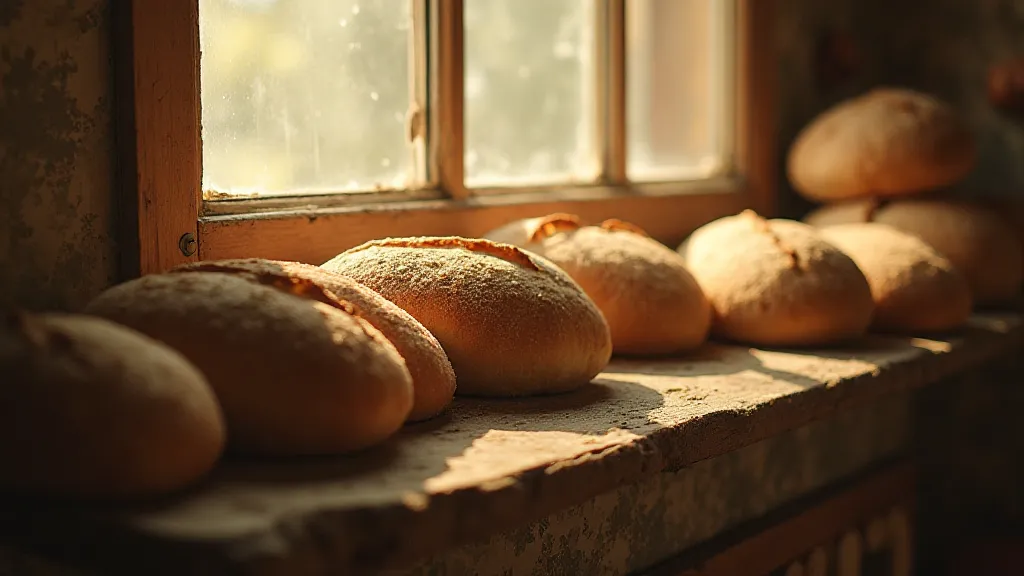
Egg Pocket Perfection: A Simple, Satisfying Meal
Let's talk about "egg pockets." These aren't pockets to hold money; they're pockets of sustenance. Slices of stale bread are dipped in a mixture of beaten eggs, milk, and a pinch of salt and pepper, then fried until golden brown. They’re incredibly simple, ridiculously satisfying, and a testament to the resourcefulness of Depression-era cooks.
The beauty of this recipe, like so many others from that era, lies in its adaptability. Leftover cooked vegetables or scraps of meat could be tucked inside the egg-soaked bread before frying, transforming a humble snack into a more substantial meal. It highlights the constant improvisation, the ability to create something delicious and nourishing from seemingly disparate ingredients.
More Than Just Supper: The Psychology of Scarcity
The experience of scarcity extends far beyond the kitchen. It shapes not just what people eat, but how they think and feel. Depression-era families developed a deep sense of community, sharing resources and supporting one another through difficult times. There was a shared understanding that survival depended on cooperation and resilience. The act of turning scraps into sustenance wasn’t just about practicality; it was a powerful symbol of hope and determination.
Imagine the ingenuity required to create a fulfilling meal from so little. Simple combinations, like tomato soup and grilled cheese, became comfort food staples, offering a warm and satisfying reprieve from hardship.
A Legacy of Resourcefulness: Lessons for Today
The Great Depression ended, but the lessons learned in those kitchens – the respect for food, the ingenuity born of necessity – remain profoundly relevant today. We live in an age of abundance, yet food waste is a staggering problem, both economically and environmentally. The Depression-era cooks weren’t advocating for a particular diet or lifestyle; they were demonstrating a fundamental principle: that true wealth lies not in what we have, but in what we can create.
Modern chefs are increasingly embracing “zero-waste” cooking, drawing inspiration from the Depression-era techniques that prioritized resourcefulness and creativity. They are finding new ways to utilize every part of an ingredient, transforming what was once considered waste into culinary treasures. The revival of bone broth, the repurposing of vegetable scraps, the ingenious use of stale bread – these aren’t just culinary trends; they're echoes of a generation’s unwavering resilience.
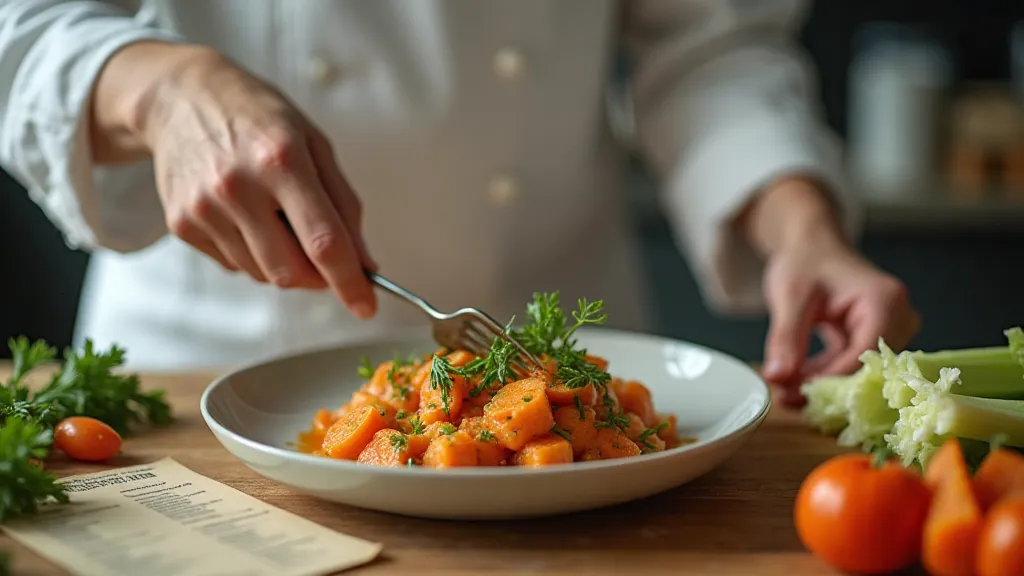
The Ripple Effect of Respect
This respect for food isn’t confined to the professional kitchen. It's something we can all incorporate into our own lives, regardless of our circumstances. It’s about being mindful of what we buy, what we use, and what we discard. It’s about finding creative ways to extend the life of our ingredients and to minimize our impact on the environment. It's about remembering the sacrifices of those who came before us and honoring their legacy of resourcefulness.
More Than Recipes: A Reflection on Abundance
The recipes of the Great Depression are more than just instructions for preparing food; they're a window into a time of hardship, resilience, and profound respect for resources. They represent a form of culinary alchemy, a testament to the human capacity to transform loss into sustenance, scarcity into abundance. By revisiting these forgotten recipes, we can not only reconnect with our past but also gain valuable lessons for the present – reminding ourselves that true richness lies not in what we consume, but in the creativity and ingenuity with which we create. And sometimes, that ingenuity leads to surprising treats, like a pot of macaroni and cheese, offering a little bit of comfort and joy in a challenging world.
Ultimately, the spirit of Depression-era cooking is about more than just frugality; it’s about resilience, community, and a profound respect for the resources we have. It’s a reminder that even in the darkest of times, we can find strength and creativity within ourselves and within each other.

